I Used The Google Pixel 9a And Pixel 7a Side-By-Side; Here’s Why I’d Upgrade
Contents
I’m enjoying my Google Pixel 9a much more than I thought. It’s not a significant advancement from the Pixel 8a in any one area, but the overall experience feels polished in a way I haven’t felt on previous Pixel A-series phones. I usually recommend people wait until the first sales hit on the Pixel 9a, but this year, I’m comfortable with the value Google offers on launch.
Unfortunately, I didn’t have a similarly pleasant experience with my Pixel 7a. I had such high hopes for the phone following up on the superb Pixel 6a, but it never delivered. Battery life was awful on launch, plaguing all Tensor G2-powered phones. I also suffered through many connectivity issues others had, with my Pixel 7a randomly disconnecting from 5G service. Even if you don’t have the same issues, you’ll enjoy picking up a Pixel 9a. I used the Pixel 9a and Pixel 7a side-by-side; here’s why I’d upgrade.
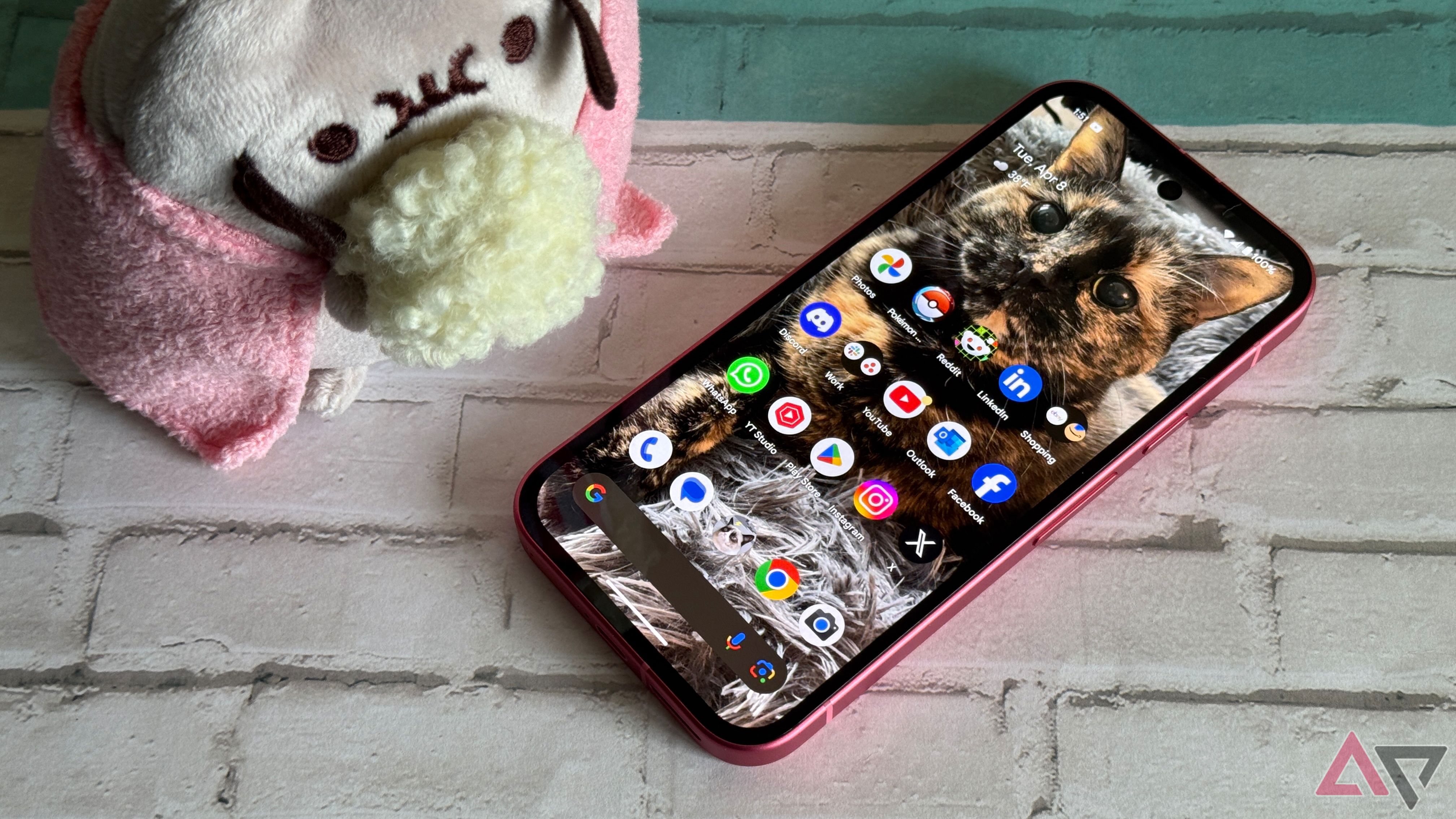
Related
What I like about the Pixel 9a
Excellent battery life and display
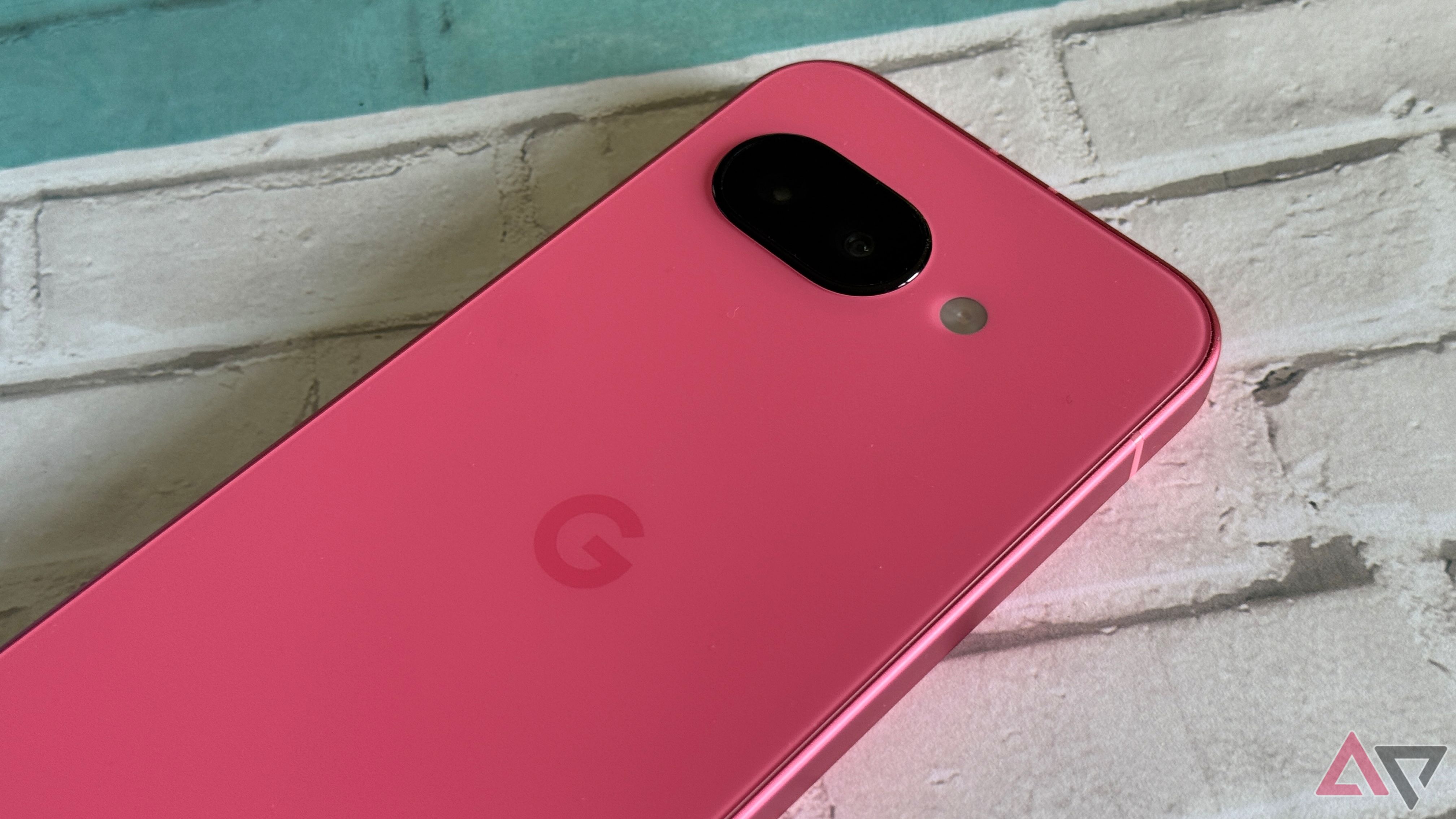
Since the Pixel 8 and the Tensor G3, I haven’t had problems with battery life on Pixel phones. They make it through my entire day with room to spare, and while I’d enjoy it if Google improved charging speeds, I have no complaints. When I heard Google fitted the Pixel 9a with a larger battery, I was curious but not overly excited, as I didn’t think it would make a material difference. While I don’t know if the increased battery size deserves the credit, I’ve gotten the best battery life of any Google smartphone I’ve used on the Pixel 9a. It’s fantastic, and I typically end a full day of use with over 75% battery remaining. I’ve easily gone two days and into a third day on a single charge without breaking a sweat.
Another area Google improved significantly is its screens. The Pixel 9a might not include the Super Actua technology featured on the company’s more expensive flagships, but its Actua panel is noticeably better than what is included in the Pixel 7a. It’s a bright and saturated display that’s much easier to view outdoors than the Pixel 7a. The Pixel 9a is worth the upgrade from the Pixel 7a for battery life and display alone, but those aren’t the only improvements you’ll find.
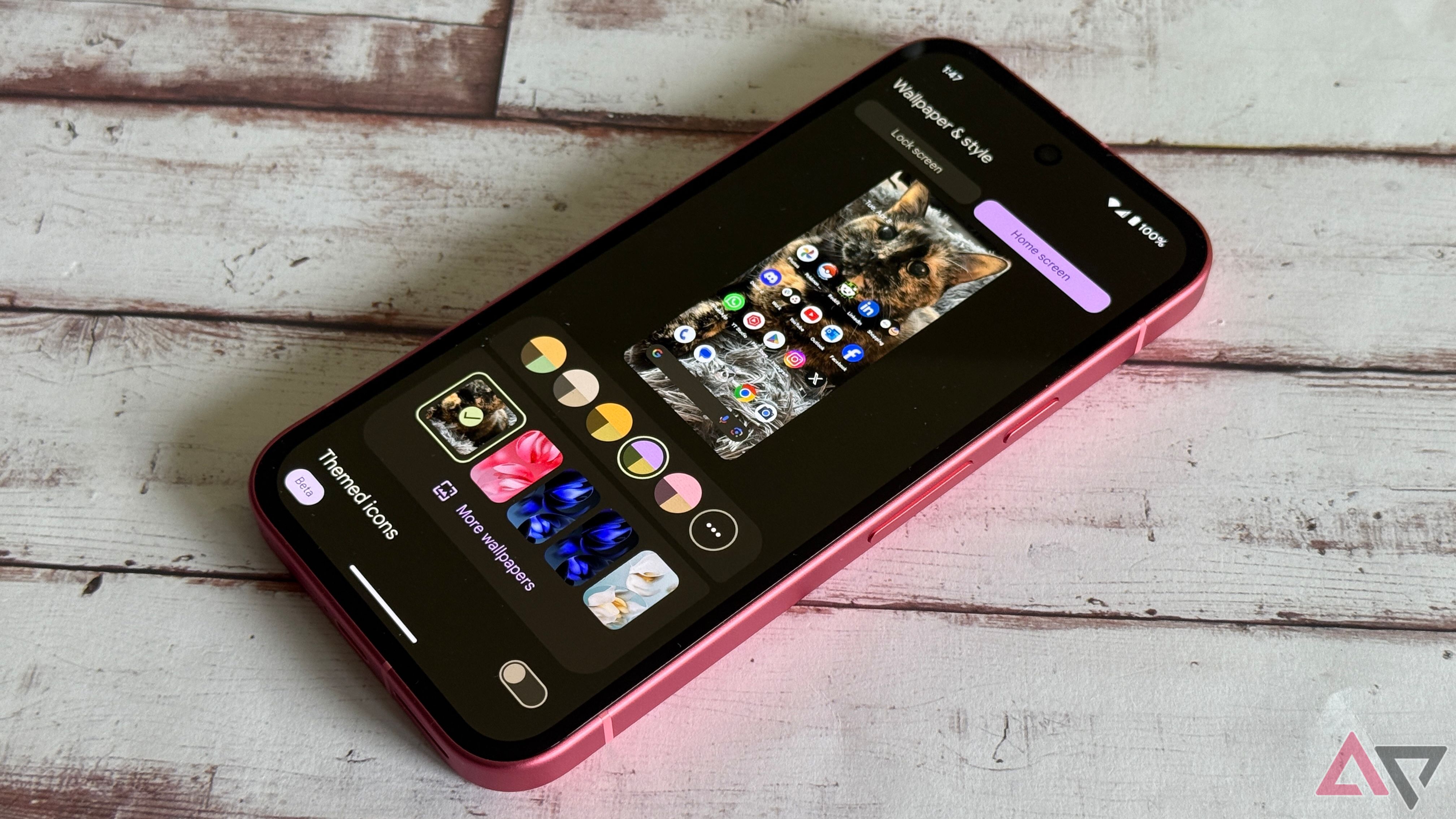
I’ve used the Tensor G4 on my Pixel 9 Pro XL for months, so I knew what to expect. It’s a capable chipset, not marred by the constant overheating of previous generations. I still have complaints about gaming performance on the Tensor G4, but they’re a little quieter on a device that only costs $500, and it’s a much better performance than what you’ll find on the Tensor G2 powering the Pixel 7a.
I mentioned overheating briefly, but it’s worth highlighting. I’ve had Google smartphones you could defrost meat on, and the Pixel 9a is a significantly different experience. I use mine without a case, and I haven’t noted that it felt warm in my hand once.

Connectivity is also more reliable on the Pixel 9a. It uses the same Exynos 5300 modem as the Pixel 7a, but Google’s figured out something in the last couple of years. My Pixel 8a used the same modem, and I didn’t have problems there, either. Whether it was a component or software issue, Google righted the ship, and connectivity is much more reliable on the Pixel 9a.
Google upgraded the camera in the Pixel 9a, giving it a 48MP primary sensor. I can notice the difference. Photos from my Pixel 9a reproduce color better, with more saturation than the Pixel 7a. The images from my Pixel 9a are closer to what I saw, while the Pixel 7a photos appear slightly washed out. The Pixel 7a still produces higher-quality pictures than most current midrange phones, but I prefer my Pixel 9a for photography, and you will notice a difference.
What I (still) like about the Pixel 7a
Form factor and software support
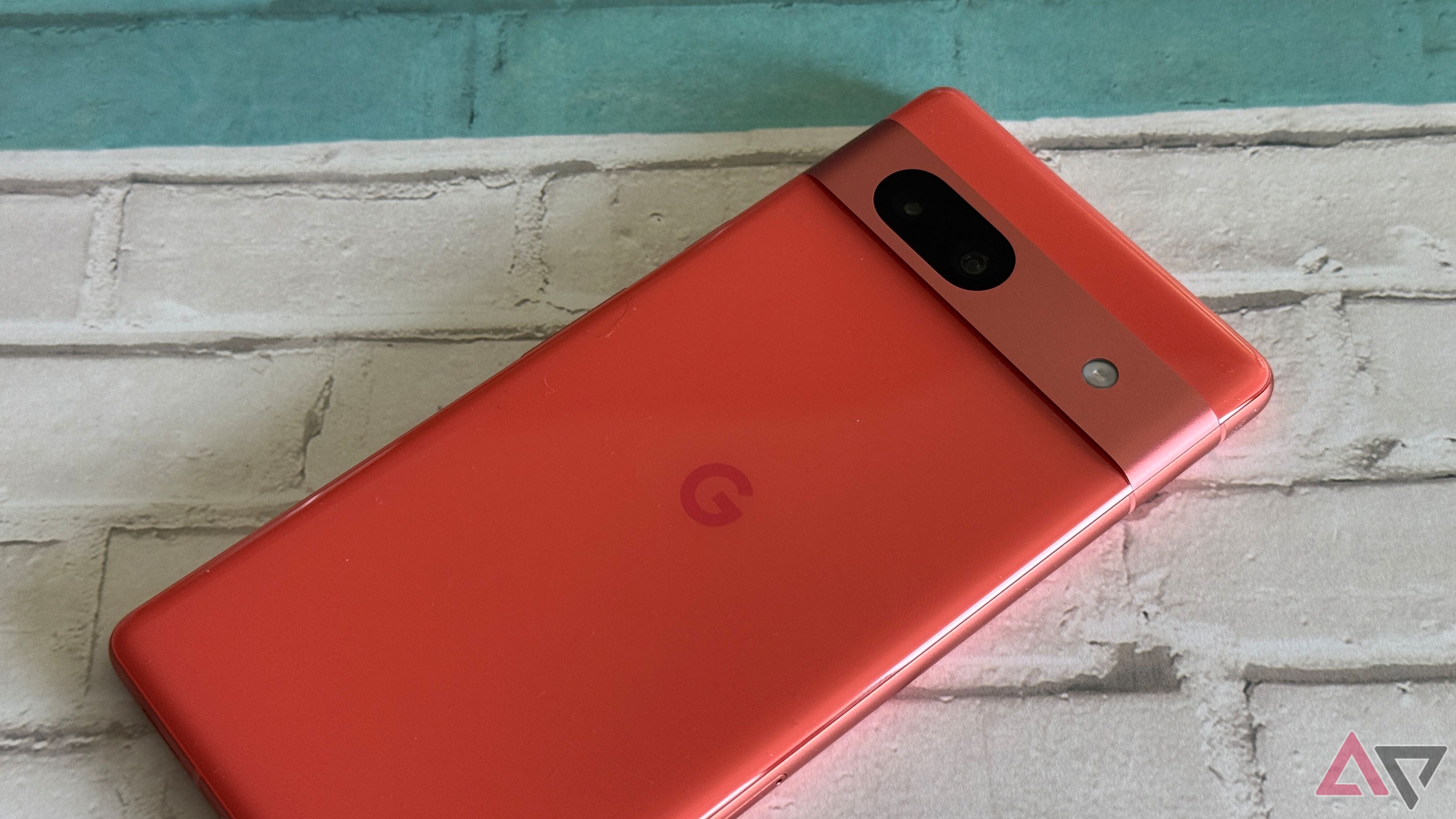
I’ve hit Google with plenty of criticism over the years, but giving credit where credit is due is important. The company did the right thing by extending software support to older devices. The Pixel 7a was only slated for 3 years of software upgrades on launch. As part of Google’s extension of several phones going back to the Pixel 6a, the Pixel 7a will now receive 5 years of Android upgrades and support, meaning your Pixel 7a will get new Android versions and Pixel drops until 2028. It’s a wonderful gesture of goodwill on Google’s part, and if you aren’t suffering any of the issues I have with your Pixel 7a, the device is worth holding on to for longer.
My Pixel 7a still feels snappy running Android 15, and while I have plenty of complaints about the Tensor G2, I didn’t think it was underpowered. It may not benchmark as well as its Snapdragon contemporaries, but that wasn’t Google’s objective with Tensor. It runs Google’s Android flavor smoothly, and you get plenty of Pixel software perks like Now Playing. If you’re a fan of Google’s software, the Pixel 7a is worth keeping.

I go back and forth on which design I prefer. I enjoy what Google did with the Pixel 9a, giving it a flat back without the camera visor. If a phone doesn’t have a large camera sensor or periscope zoom lense, it doesn’t need an outsized camera hump. However, I still love how the Pixel 7a feels in the hand. It’s a light and compact device, and I like the slightly squared-off design. Oddly enough, the Pixel 7a and Pixel 9a appear to be similar sizes when holding them, but the Pixel 9a does feature a slightly larger 6.3-inch display, but it doesn’t lose that enjoyable small-phone feel.
Upgrading makes sense, but the Pixel 7a isn’t e-waste
I appreciate what Google did with the Pixel 9a, and you’ll notice significant improvements by upgrading. It’s the first year I feel the Pixel 9a’s higher launch price is worth it, and if your current phone is on its last legs, you can confidently upgrade and feel like you’re getting good value. However, the Pixel 7a isn’t trash. It’s still receiving software support from Google, and I like its performance in 2025. I recommend upgrading, but if you’ve got a Pixel 7a in good condition and don’t mind its battery life or display, waiting for a great deal on a Pixel 9a isn’t a bad idea.
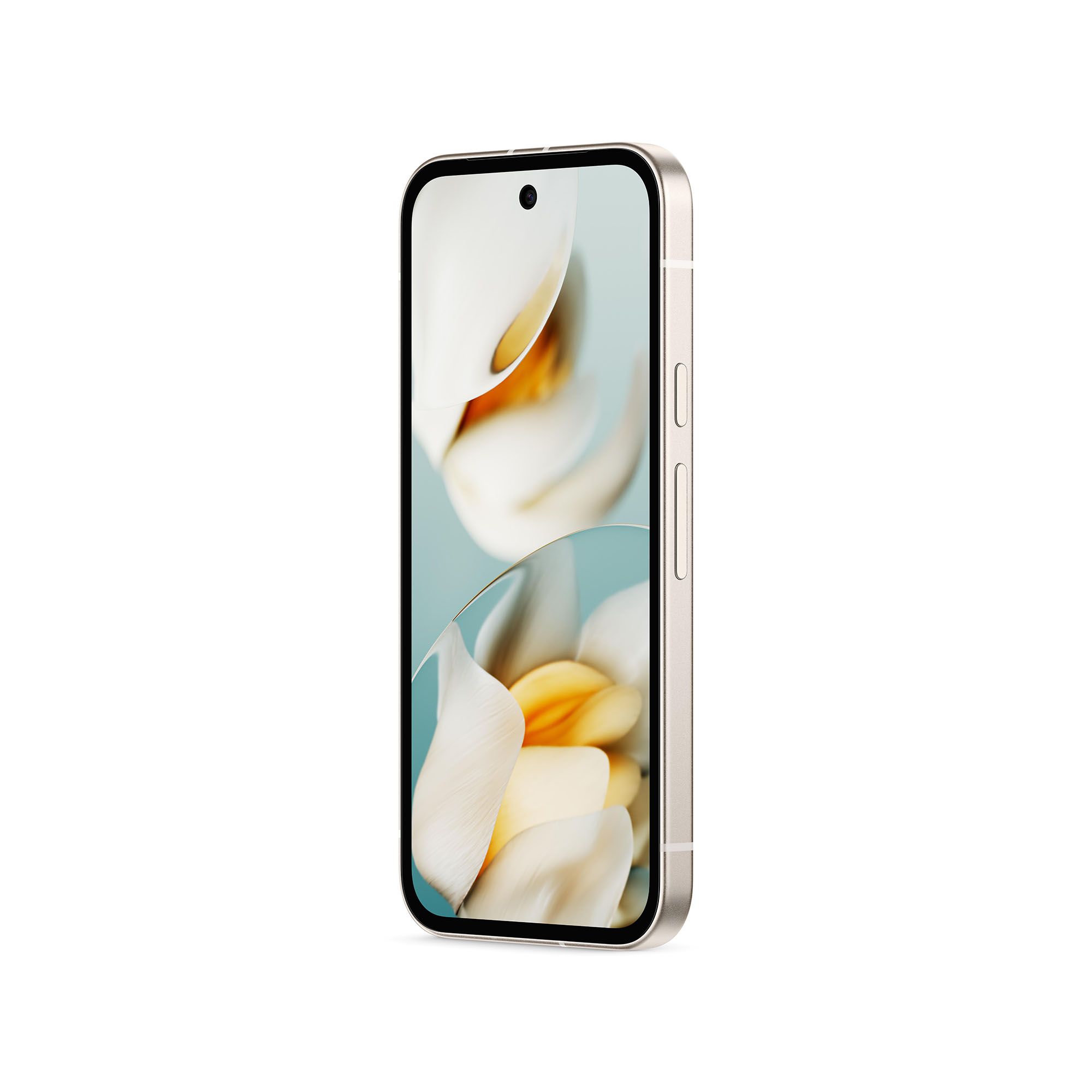
Google Pixel 9a
Google’s Pixel 9a takes everything that was great about the Pixel 8a and looks to modernize it. With an all-new Pixel 9-inspired look and no camera bump, this might be the best $500 smartphone we’ve seen yet.
What’s your reaction?
Love0
Sad0
Happy0
Sleepy0
Angry0
Dead0
Wink0
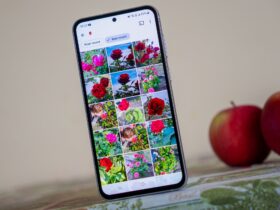

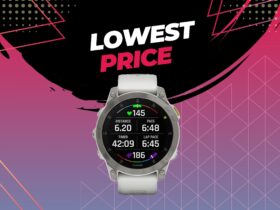
![what-google-messages-features-are-rolling-out-[may-2025]](https://betadroid.in/wp-content/uploads/2025/05/19916-what-google-messages-features-are-rolling-out-may-2025-280x210.png)
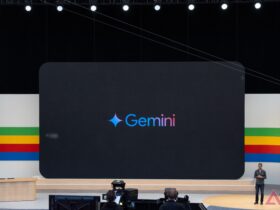

![there’s-a-sweet-spot-for-flagships-[video]](https://betadroid.in/wp-content/uploads/2025/05/19900-theres-a-sweet-spot-for-flagships-video-370x250.jpg)
Leave a Reply
View Comments